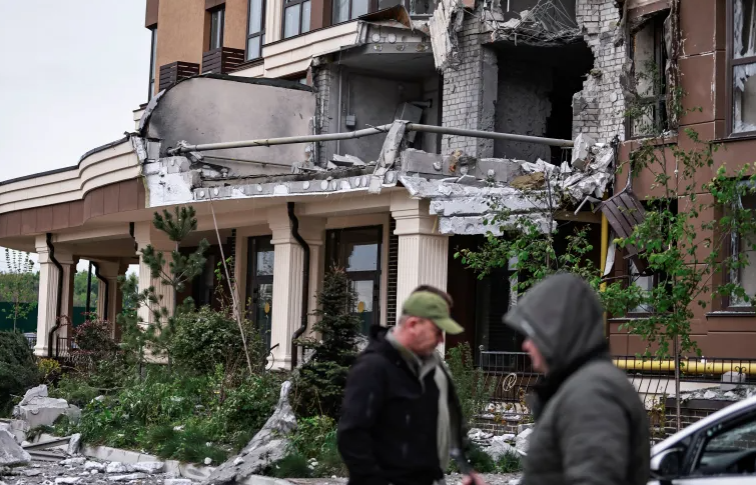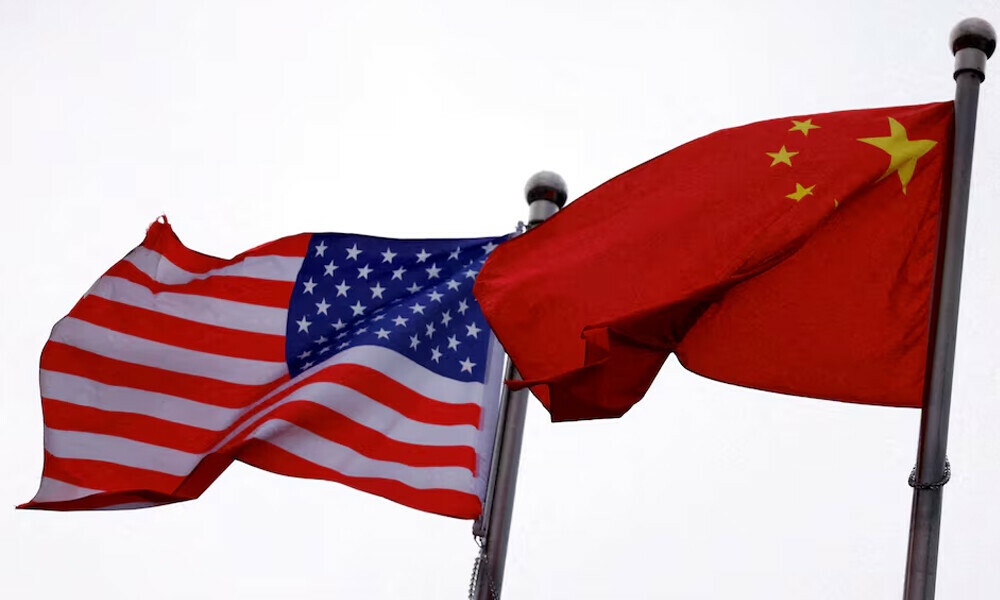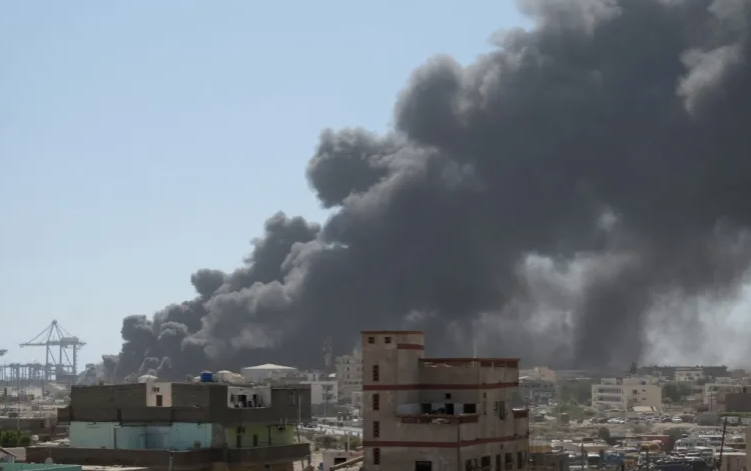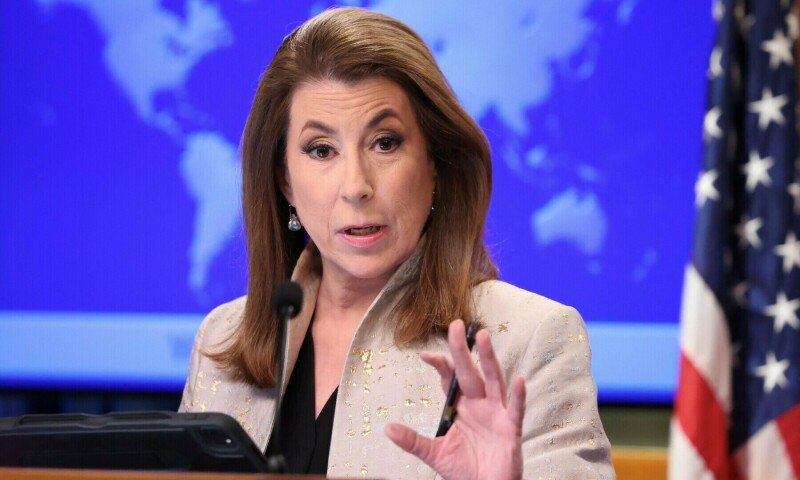WORLD NEWS

The administration of former U.S. President Donald Trump has approved its first military sale to Ukraine, worth $310 million, coinciding with the signing of a memorandum to jointly exploit Ukrainian mineral wealth, suggesting a shift toward economically driven foreign policy.
On May 2, the U.S. Defense Security Cooperation Agency (DSCA) confirmed the arms deal, which includes F-16 spare parts, maintenance, and training. Operational aircraft and missiles were not included, though European allies reportedly pledged 85 operational F-16s to Ukraine.
The timing of the deal raised eyebrows, as it came just two days after a U.S.-Ukraine mineral agreement signed by Treasury Secretary Scott Bessent and Ukraine's First Deputy Prime Minister Yulia Svyrydenko, targeting Ukraine's untapped oil, gas, and metal reserves.
The memorandum outlines that half of all royalties and licensing proceeds will go into an investment fund for Ukrainian reconstruction, although it remains unclear whether U.S. investors would similarly contribute.
President Volodymyr Zelenskyy hailed it as “a truly equal partnership,” declaring it a “long-term economic alliance” that would yield profits for both nations. The White House echoed this, stating the deal “demonstrates U.S. commitment to Ukraine’s prosperity and sovereignty.”
Despite Trump’s campaign promise of quick peace in Ukraine, his administration’s ceasefire offer to Russia and Ukraine on April 17 has so far failed. Ukraine has accepted a proposed 30-day truce, while Russia countered with a three-day ceasefire linked to its May 9 Victory Day parade. Zelenskyy rejected that as symbolic and insufficient.
Meanwhile, Russia has escalated its offensive, launching 1,300 assaults since early May and stepping up its use of controlled air bombs (CABs) — 5,000 dropped in April alone. The Ukrainian Defence Ministry reported 35,000 Russian casualties in April, with Russia occupying over 1,600 square kilometres, though most were in previously held territories.
Russia also intensified long-range missile and drone strikes. Between May 1–4, Russia launched hundreds of drones and Iskander missiles, devastating cities like Kharkiv and Kyiv, killing civilians and sparking fires across key urban centers.
In retaliation, Ukraine has stepped up its innovative drone warfare. Ukrainian Magura-7 naval drones reportedly downed two Russian Su-30 fighter jets using AIM-9 Sidewinder missiles — a historic first. Ukraine also targeted key Russian military-industrial sites, including factories in Saransk, Tula, and SPLAV, and airbases near Moscow and Kaluga.
Ukraine’s Commander-in-Chief Oleksandr Syrskii claimed drones destroyed over 160,000 enemy targets in March and April, with deep-strike weapons hitting 62 targets inside Russia last month alone.
While the U.S. under Trump has distanced itself from mediation efforts, Secretary of State Marco Rubio said, “We’ve got even more important issues globally,” citing China and Iran. Yet, Ukraine continues to push for a real and sustained ceasefire.
As fighting continues, the prospect of peace remains uncertain, with both sides posturing militarily and diplomatically. Analysts suggest the Kremlin may be seeking to delay negotiations to extract more concessions from the U.S. and Ukraine.




